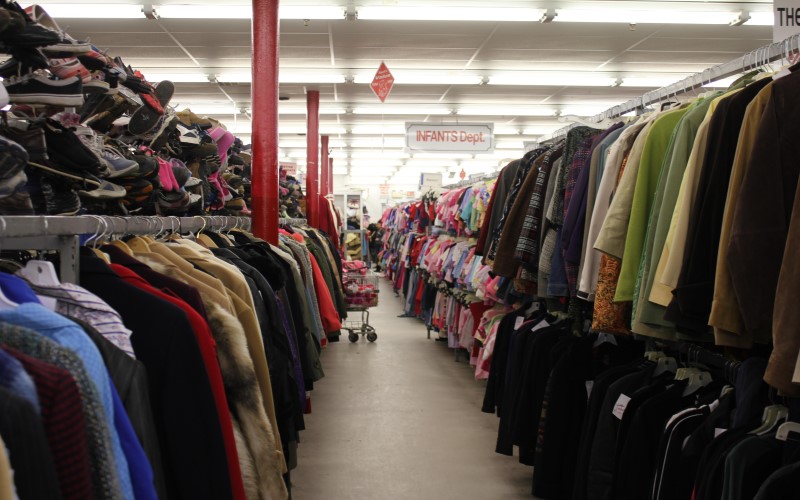Understanding Apparel Quality
The longevity of clothing hinges significantly on its quality. Quality is more than just the tactile feel or brand name; it’s deeply rooted in the craftsmanship and source material. Online retailers like Boden offer garments made from high-quality materials such as organic cotton, fine wool, or advanced synthetics. These clothes not only look and feel better but also endure the rigors of everyday use more competently. Consider the drape, the weight, and the ease of maintenance when evaluating a piece’s quality. The tenacity of a garment’s stitching, the robustness of its fastenings, and its resistance to pilling are also crucial indicators of how well it will stand up to the test of time and laundry. Ultimately, by prioritizing quality, you enjoy each item for longer and contribute to a cycle of responsible consumption and production that benefits everyone.
Strategic Shopping Tips
A discerning shopper knows that the best time to buy is often when others are not. Clearance events and end-of-season sales are opportune moments to snap up high-caliber apparel at a lower price point. It pays attention to the fashion industry’s retail cycle, where the lulls and peaks in shopping seasons can signal the best times to purchase. Also, reflect on the potential longevity of each garment. An elegant blazer, a crisp button-down shirt, or a sturdily woven skirt can be a mainstay in your wardrobe for years. The true value of clothing should be measured in cost and cost-per-wear—a $100 coat worn one hundred times is a better investment than a $20 top that barely sees the light of day.
Budgeting for a Family Wardrobe
Enclothing an entire family demands foresight, particularly when dealing with diverse needs and constant growth. A forward-thinking approach, which anticipates the needs of the next season and the next year, can cushion the financial strain that often accompanies the upkeep of a family’s wardrobe. Account for the inevitable—kids will sprout up seemingly overnight, and styles may shift. Design a dynamic budget to adapt to these variables, including a reserve that answers to the unforeseen. This careful planning should encompass seasonal necessities, special occasions, and routine replacement of the basics. Maintaining a budget-conscious outlook can transform the stressful process of updating a family’s wardrobe into an enjoyable and rewarding experience.
Online Shopping Strategies
The digital realm has revolutionized shopping with unprecedented convenience and efficiency. Exploiting e-commerce savings, like those found through promotional deals, can result in significant savings. Signing up for online alerts and using browser extensions that scout for deals can provide a competitive edge in the digital marketplace. When shopping online, critical evaluation of product descriptions, customer feedback, and ratings is indispensable because these insights often reflect the experiences of a broad consumer base. Ensuring you purchase from reputable sites with customer-friendly return policies protects your interests. Equally important is the protection of personal information. Reliable payment services and a cautious approach to sharing sensitive data should be cornerstones of your online shopping routine.
Embracing Secondhand and Upcycling
Thrifting aligns well with wise financial management and environmental stewardship. The joy of unearthing a hidden gem in a secondhand store is impractical to measure, and the financial benefits of such finds are substantial. High-quality, pre-loved items can become key features in your wardrobe at a fraction of their original cost. Upcycling introduces an equally valuable dimension, allowing personal style to flourish as you transform a dated skirt into a bespoke dress or add decorative patches to rejuvenate a worn denim jacket. This reimagining culture also supports a broader environmental philosophy by cutting down on waste and reducing the demand for new manufacturing resources. Such practices inform a cycle of consumption founded on awareness and responsibility.
Teaching Kids the Value of Money and Clothing Care
A child’s understanding of financial value and care for belongings takes root in everyday practices. Involving kids in the shopping process—allowing them to compare prices, understand quality indicators, and make informed decisions—lays the groundwork for fiscal prudence. Demonstrating the proper maintenance of clothing also imparts essential life skills. From deciphering laundry tags to fixing a fallen button, teaching these competencies establishes a foundation for independence and respect for their possessions. Such lessons are immeasurable in their long-term benefits, as they foster accountability and appreciation for the clothes they wear and the effort involved in affording them.
Environmental Impact and Ethical Considerations
The footprint of our wardrobe choices extends well beyond our closets. Prioritizing sustainable practices and ethical labor policies in clothing acquisition sends a potent message to the fashion industry about the values we support as consumers. Eco-conscious shopping habits, such as selecting minimalist wardrobes or opting for brands with transparent supply chains, can profoundly affect the planet. The article’s piece on dressing kids sustainably shares insights on why minimalist wardrobes positively impact our consumption habits, advocating for a less-is-more approach. These choices reduce individual environmental footprints and contribute to an industrial paradigm shift toward greater ecological and ethical accountability.

